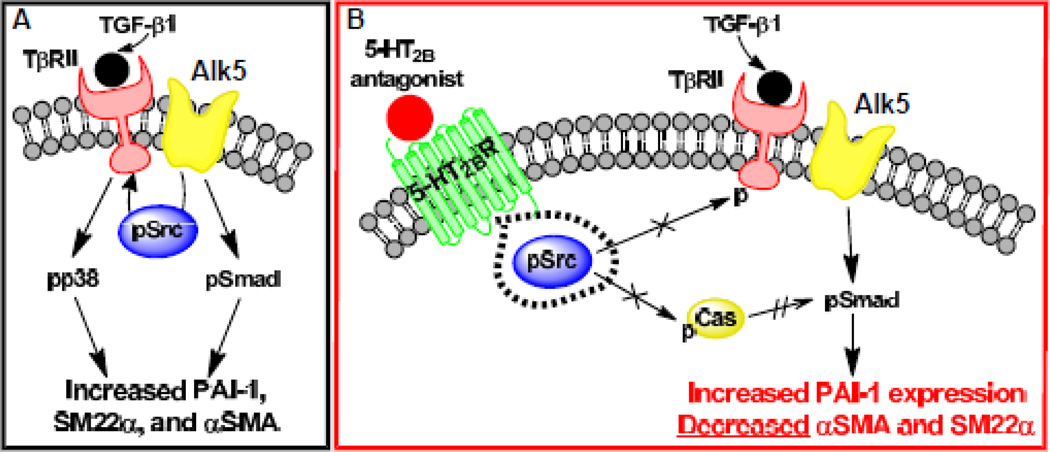Fig. 5. Proposed mechanism of 5-HT2B antagonist inhibition of TGF-β1 signaling.
A, TGF-β1 ligand binding to TβRII leads to Alk5-dependent canonical signaling through Smad phosphorylation (pSmad) and non-canonical signaling through Src phosphorylation (pSrc) and subsequent p38 phosphorylation (pp38). B, Treatment with a 5-HT2B antagonist physically sequesters pSrc preventing non-canonical TGF-β1 signaling by restricting Src’s ability to phosphorylate TβRII and Cas (indicated with × on arrows), but enhancing canonical signaling by suppressing Cas phosphorylation (pCas), which prevents pCas inhibition of pSmad (shown by double hatched arrow).

